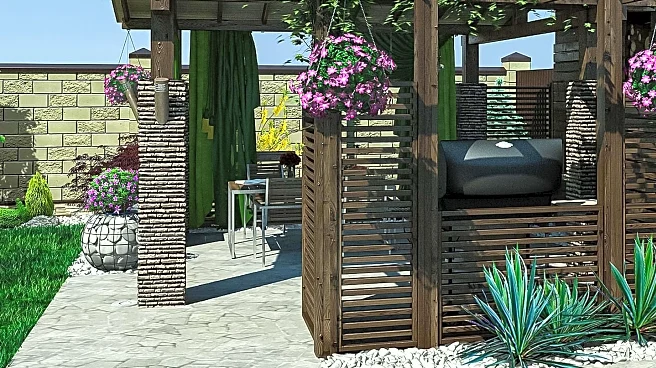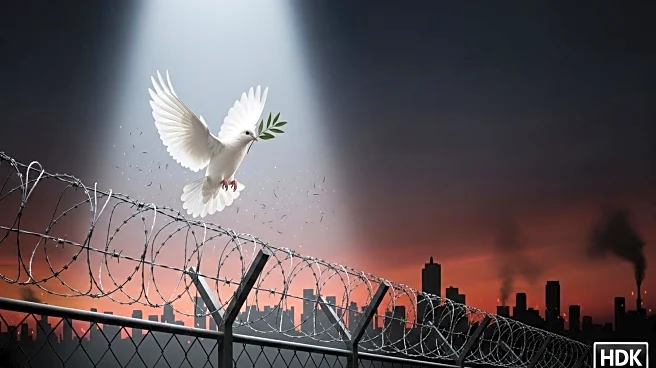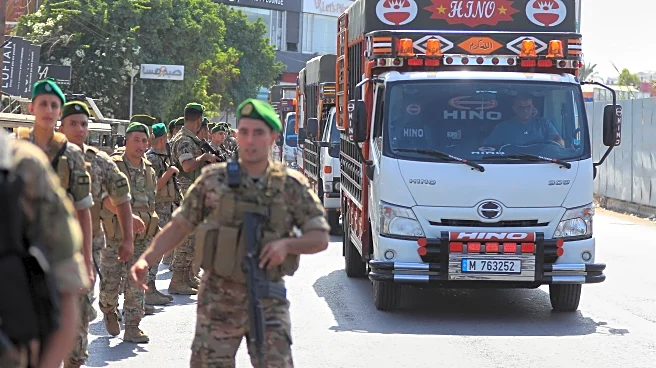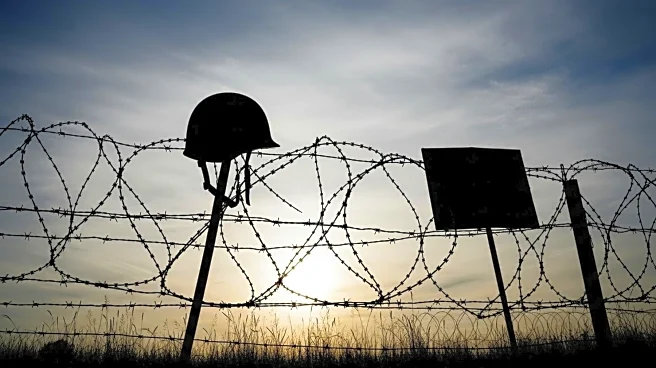What's Happening?
On October 7, 2023, a family in Sderot, Israel, survived a surprise attack by Hamas terrorists due to a crucial home design decision. The family had installed electric metal roller shutters on their ground-floor windows, which prevented the terrorists from breaking into their home. This design choice, insisted upon by the mother during the planning stage, created a barrier that kept the attackers out, unlike neighboring houses that were infiltrated. The family took refuge in a reinforced safe room within the house, which was part of a comprehensive security design that included both a standard safe room and an additional reinforced space on the upper floor. The house, located on a sloped plot, was designed by the Keinan brothers, who collaborated with the project's engineer to maintain a modern, airy feel while incorporating protective features.
Why It's Important?
The incident highlights the critical role of architectural design in enhancing security and safety in conflict-prone areas. The family's survival underscores the importance of integrating protective measures into residential designs, especially in regions susceptible to attacks. This event may influence future architectural practices, encouraging more homeowners and designers to prioritize security features. The broader significance lies in the potential shift in design priorities, where safety becomes a central consideration alongside aesthetics. This could lead to increased demand for security-focused architectural solutions, impacting the construction and real estate industries by driving innovation in building materials and design strategies.
What's Next?
The successful use of metal roller shutters and reinforced spaces in this case may prompt other residents in conflict zones to adopt similar measures. Architects and builders might see a rise in requests for security-enhanced designs, leading to a potential market shift. Additionally, policymakers could consider implementing building codes that require or incentivize such safety features in new constructions. The event may also spark discussions among security experts and urban planners about the best practices for residential safety in high-risk areas, potentially influencing future urban development policies.
Beyond the Headlines
This incident raises ethical and cultural questions about the balance between open, aesthetically pleasing designs and the need for security in residential architecture. It challenges architects to innovate in ways that do not compromise the visual and functional aspects of homes while ensuring safety. The event also highlights the psychological impact on residents living in conflict zones, where home design choices can directly affect their sense of security and well-being. Long-term, this could lead to a cultural shift in how communities perceive and prioritize safety in their living environments.












